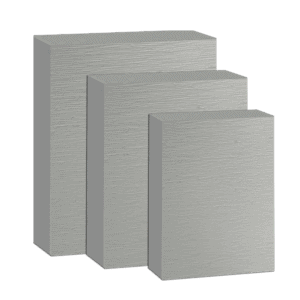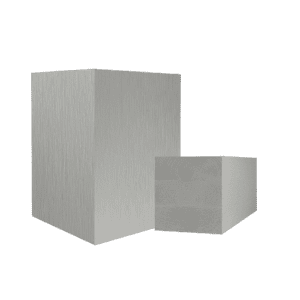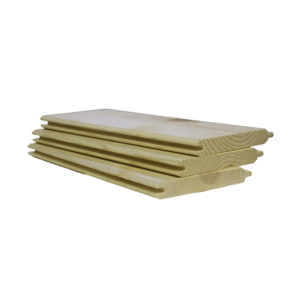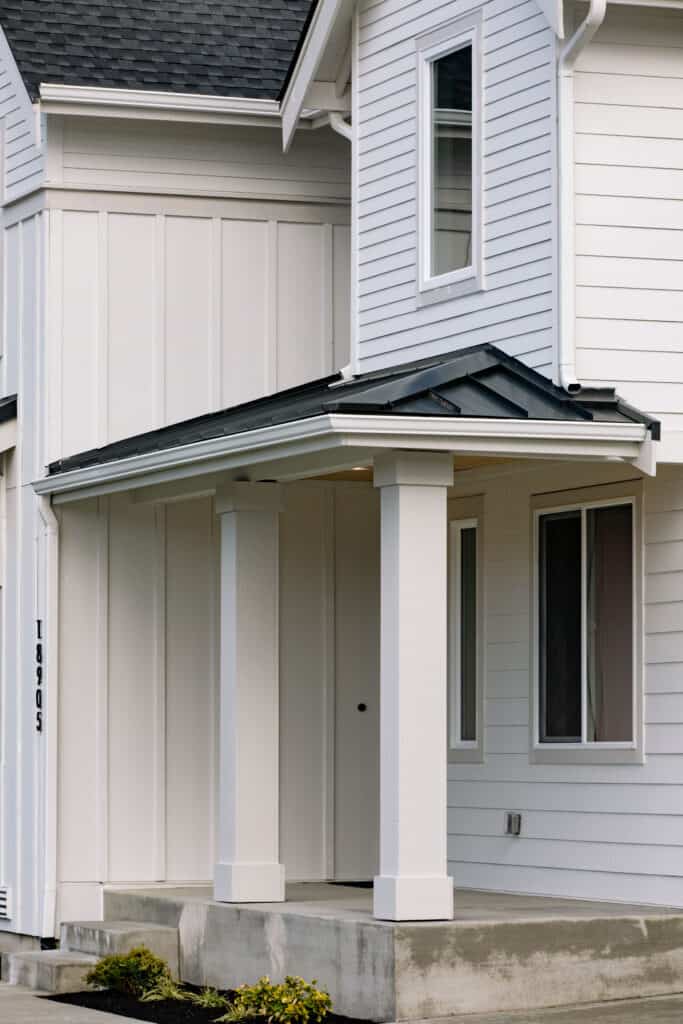When comparing built-up or solid posts, there are quite a few things to consider. We decided to compare the labor, material and maintenance costs for a typical built-up 6×6 porch column versus a solid, structural column. Hopefully this helps you make the best decision for your own construction project.
Post Parameters
For the purposes of this article, we will analyze one of the most common sizes – a 6×6 10-foot post. Since anchorage requirements vary among jurisdictions, those will not be addressed in this article. We will look at stud pack options and facades for built up posts and compare those with a solid cedar post and a solid, primed, SPF glulam.
NDS Limitations
For a stud pack to behave like a built-up structural column the studs must be attached according to section 15.3.3, National Design Specification for Wood Construction (NDS). When studs are not properly conjoined, they tend to behave as individuals greatly diminishing their load capacity. The NDS has a limit of five, full-height laminations of the same dimensions. Any more than that should be evaluated by an engineer or other design professional.
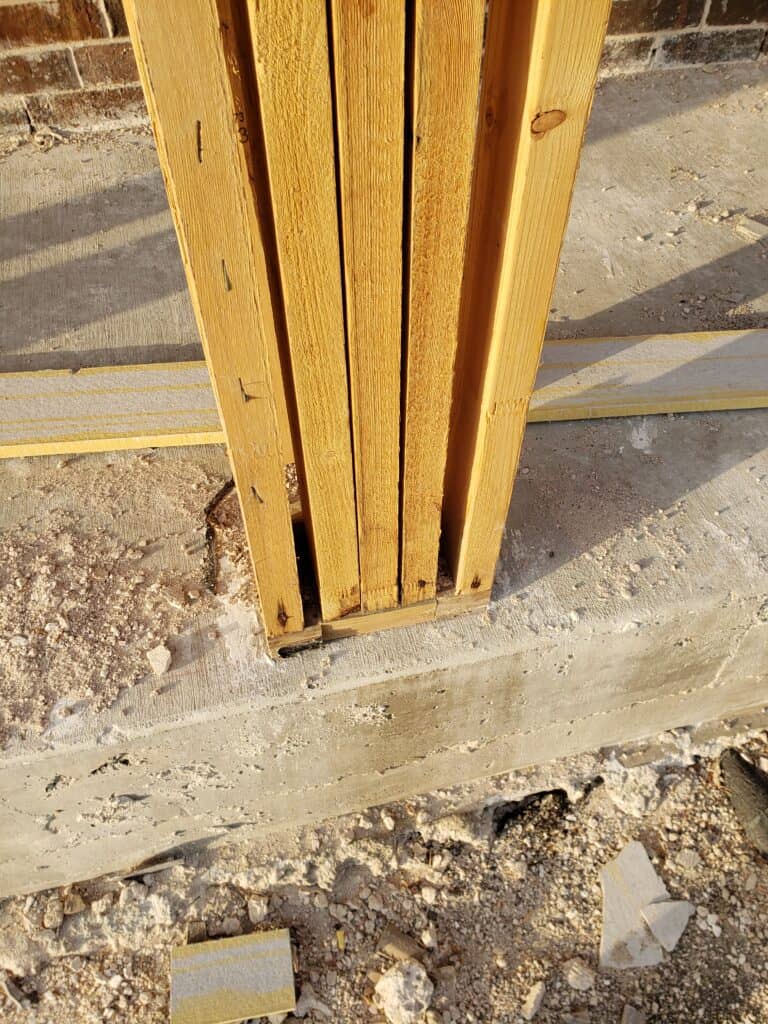
Fasteners
Most framing nailers can handle the 10d (3”) nail required for a two-stud pack. However, add one more stud and you now need a 30d (4-1/2”) pole barn nail. This is because each nail must penetrate three-fourths of the outermost lamination or 1-1/8”. Even a 4” nail is too short to properly couple three 2×6 studs together. Since 30d nails don’t fit a nail gun, a framer will need to hand drive 32, 4-1/2” nails to properly construct a built-up 6×6 10. Even then, this column will have roughly 60% of the strength of a solid wood column made from the same material.
Facades
Common wraps include fiber cement, OSB, cedar or even PVC. The real key here is how well the corners look and hold up over time. Neither OSB nor fiber cement handles a mitered 450 joint very well. The safest option is a butt joint.
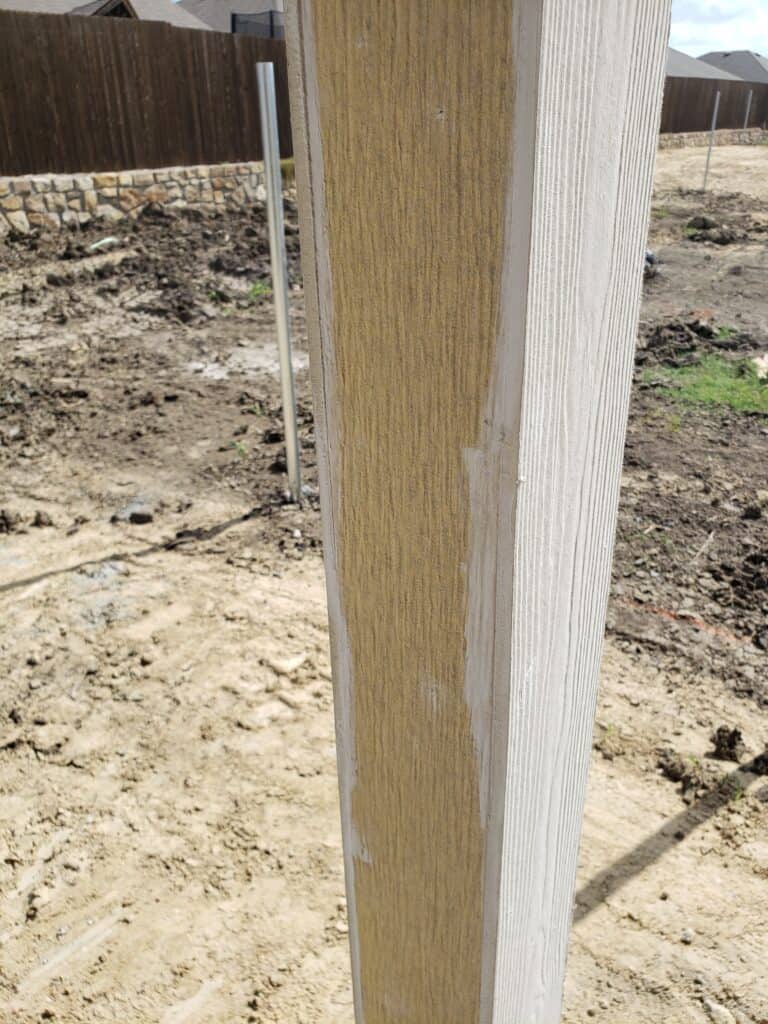
Caulking
Built-ups require a significant amount of caulking – nail heads all four sides and vertical seams at the butt joints running the length of the post. Solid wood has the decided advantage here as there are no caulked seams or nail heads to fill.
Maintenance for Built-Up or Solid Posts
The slight edge here goes to solid wood. A solid post with either an acrylic latex, or solid body stain should be maintenance-free for 10+ years. A built-up post expands and contracts, slowly degrading the caulked seams. The interior structural lumber is rarely treated against rot and decay. When moisture infiltrates the frame, degradation is almost certain. An annual inspection to fill exposed caulk gaps and retouch with paint is recommended.

Final Analysis
The 30 minutes allotted for labor assumes driving the 32 nails by hand. In the real world, that’s not going to happen, so we did not add labor to the built-up posts – materials only. By most measures — strength, appearance, speed of installation and lower homeowner maintenance — the solid 6×6 10’ post is the better choice. Built-up posts advantages start to appear when the columns get larger, have a unique tapered or rounded design and don’t have much load to carry. But the everyday utility of the solid 6×6 column makes a great choice for custom and production builders alike.

